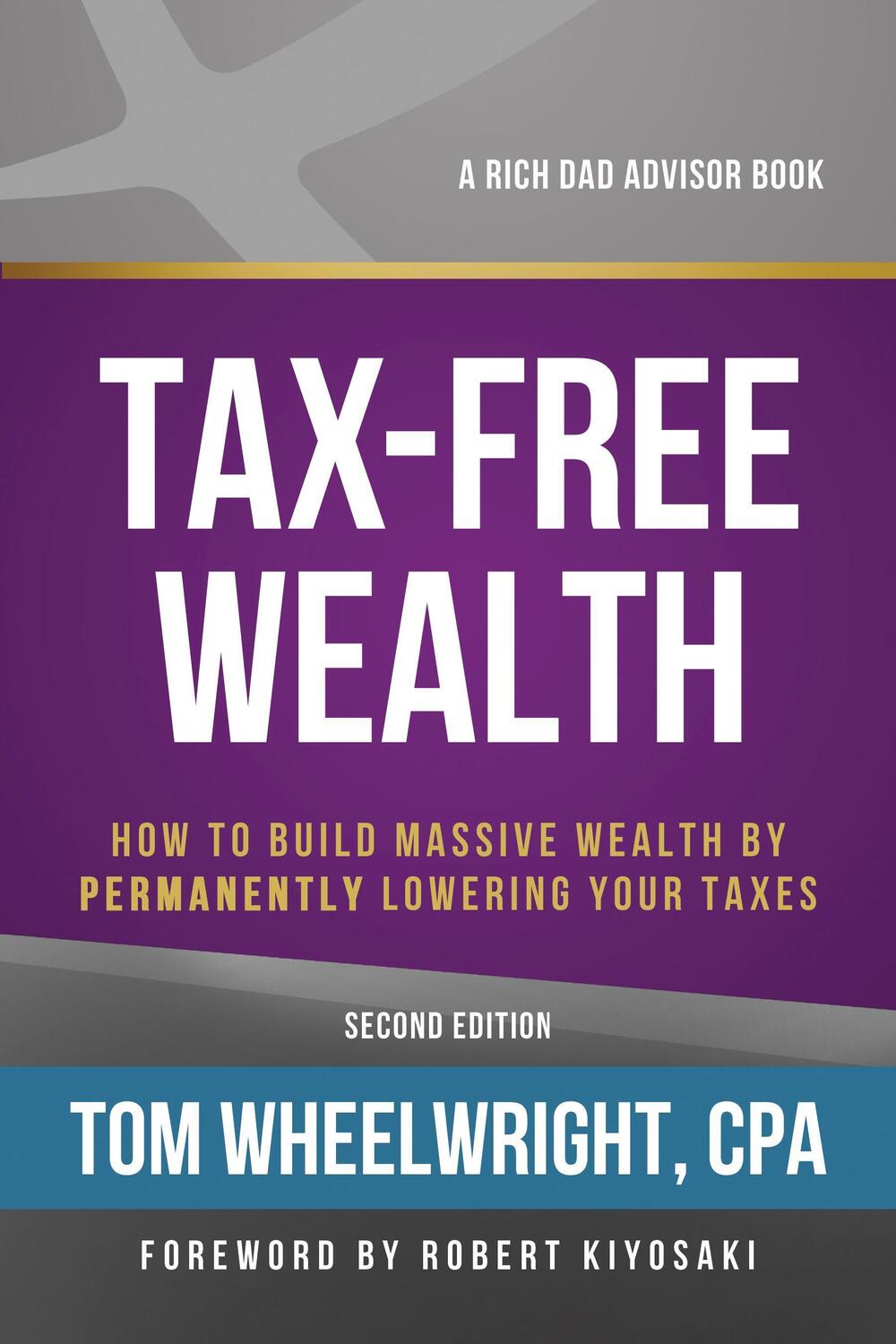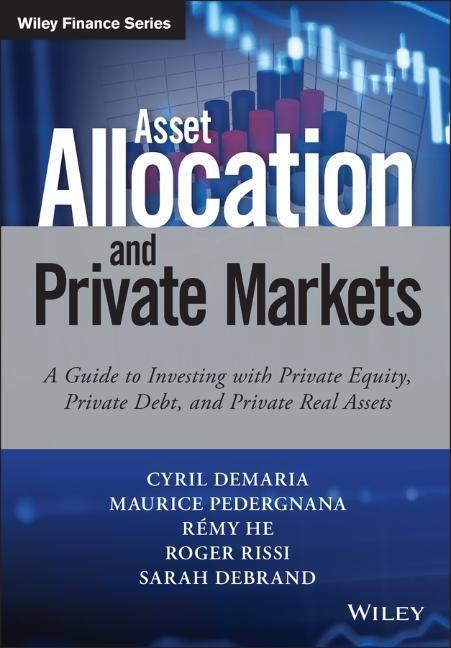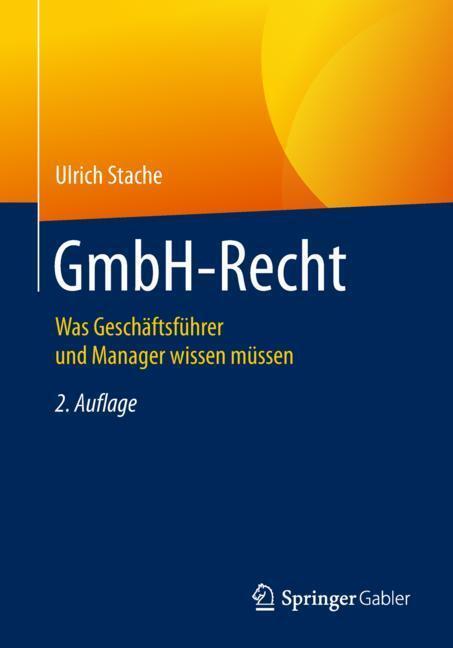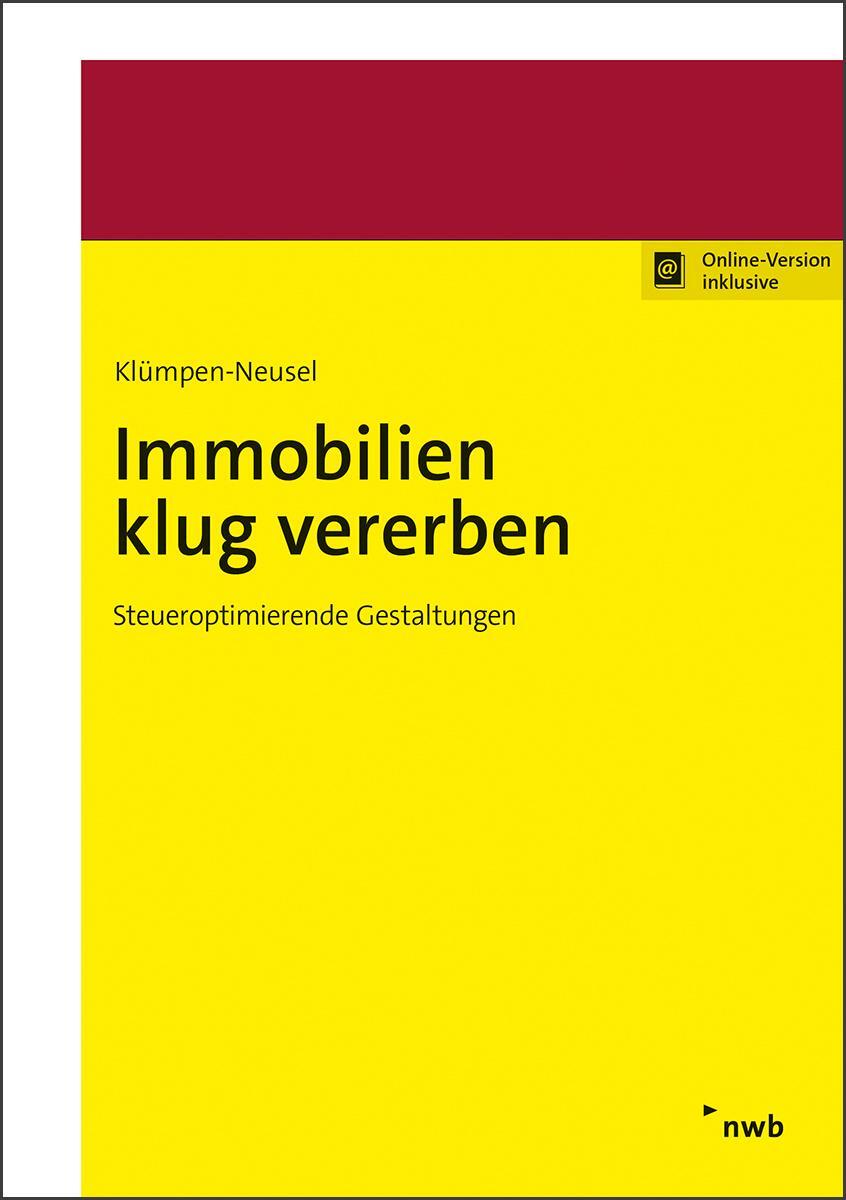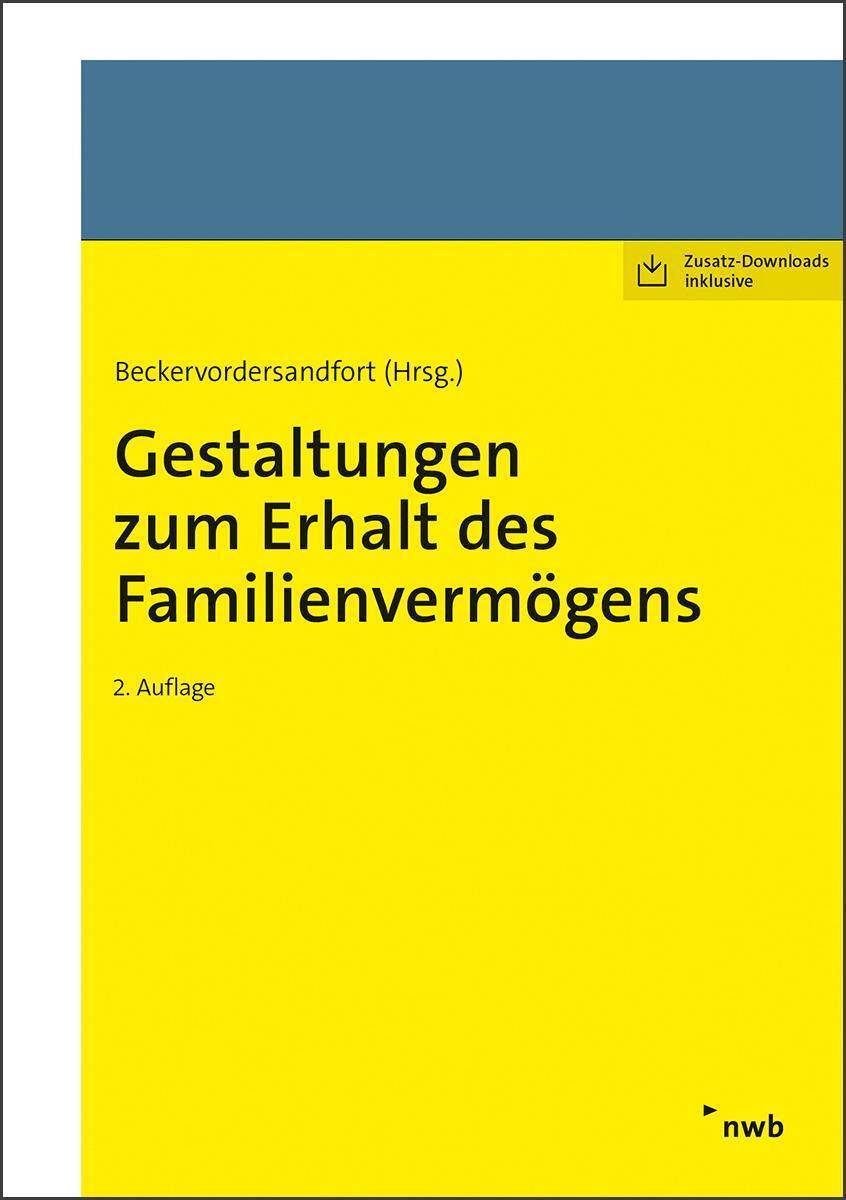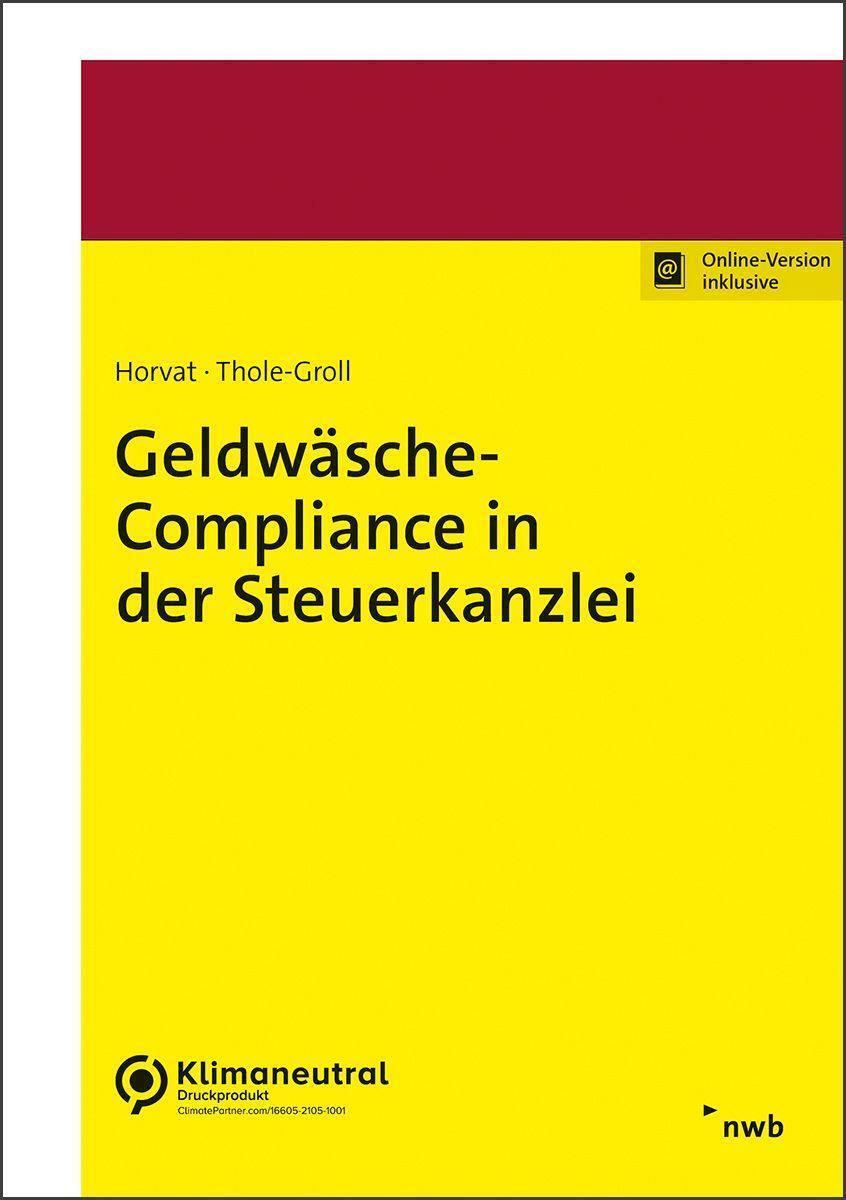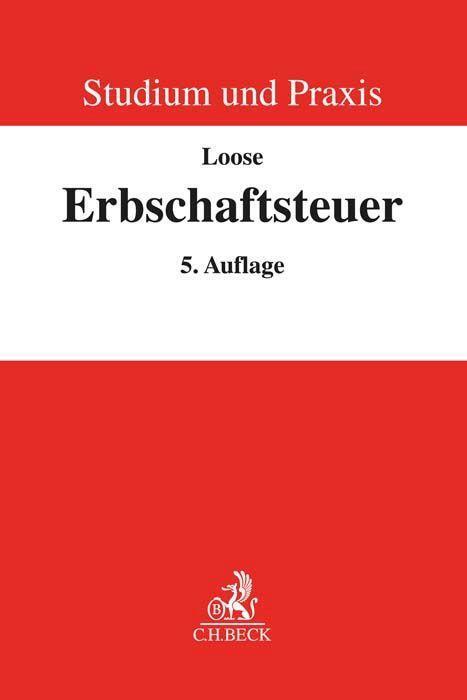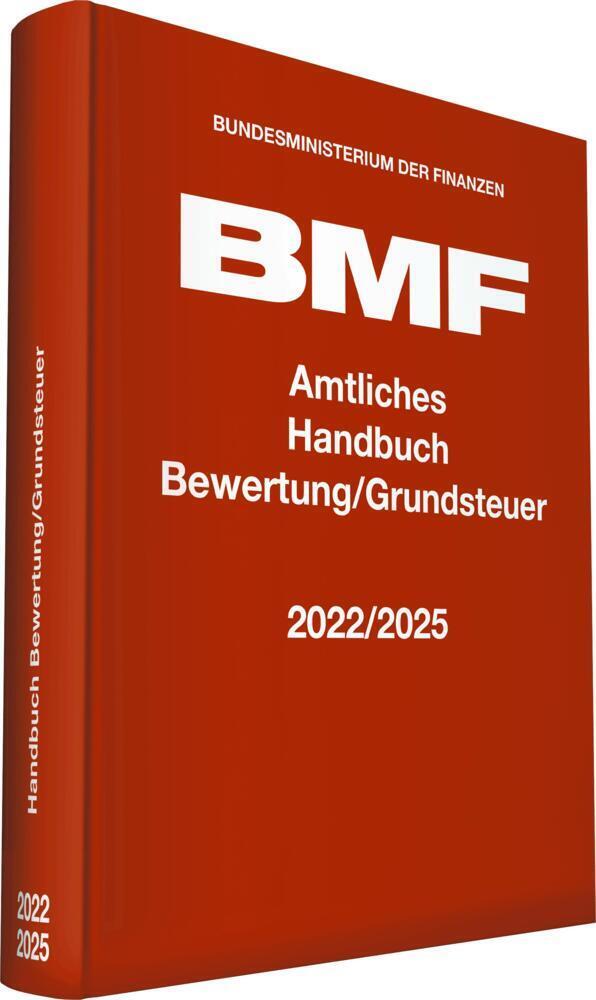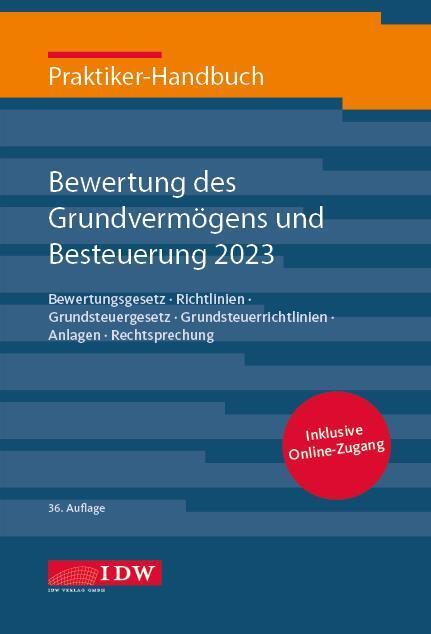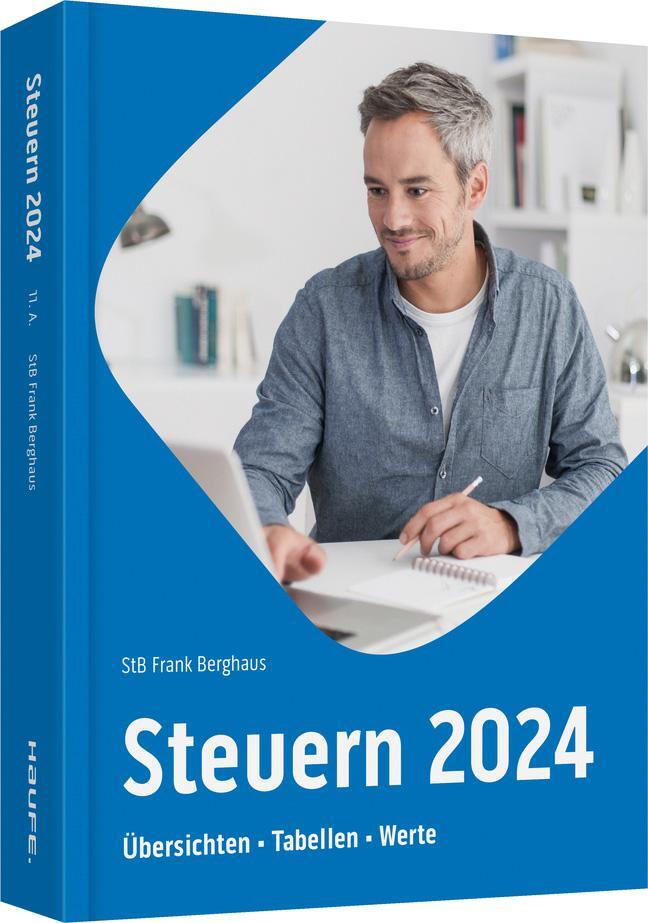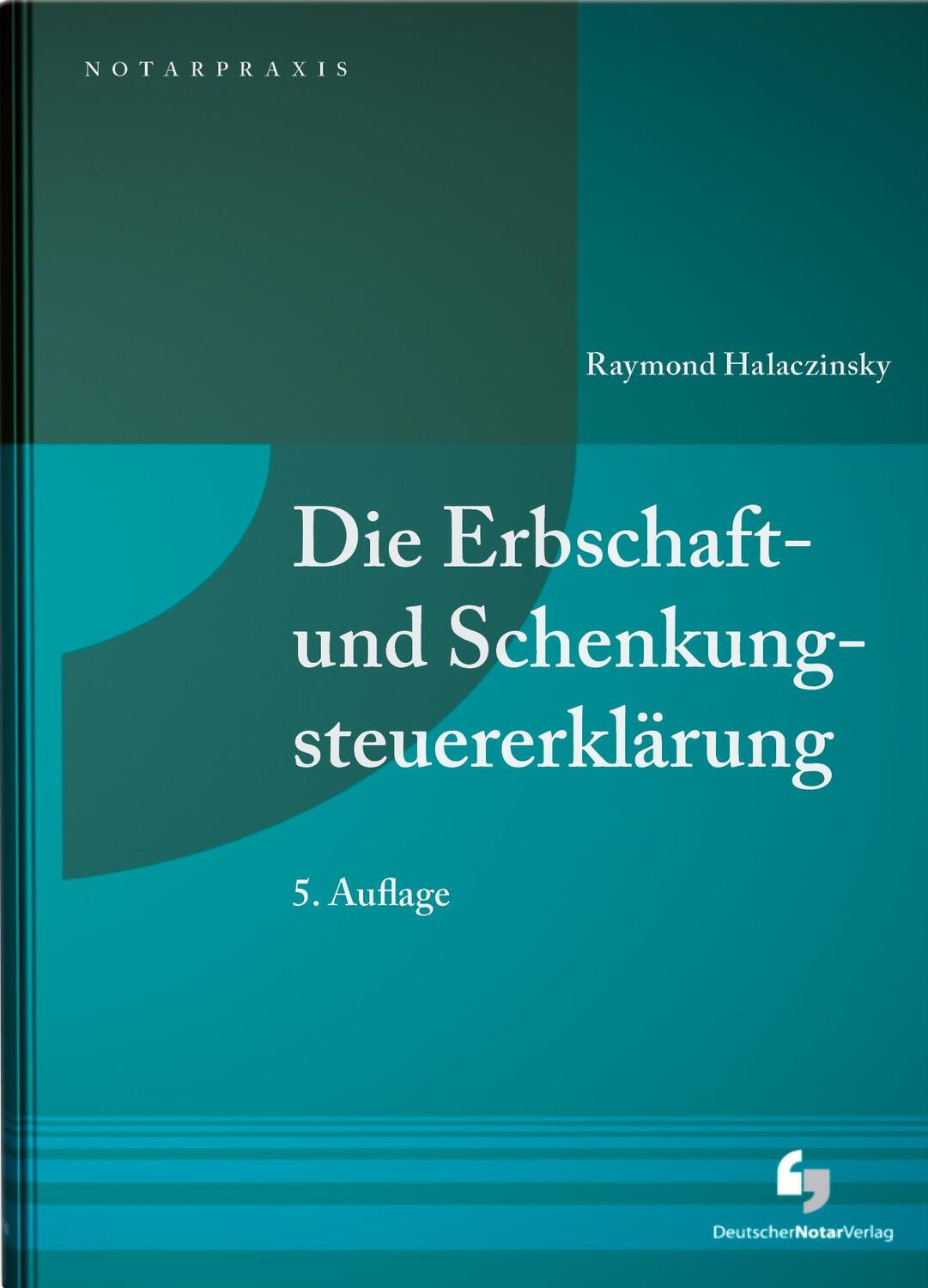Dekorationsartikel gehören nicht zum Leistungsumfang.
23,00 €*
Versandkostenfrei per Post / DHL
Aktuell nicht verfügbar
Kategorien:
Beschreibung
After 31 years¿ Major Tax Reform
¿ and what it means to you
True overhaul of the tax law only happens about once every 30 years. In the
past 75 years, the U.S. tax law has only seen three major revisions; one in 1954,
the next in 1986 and most recently at the end of 2017. I have been fortunate as
a tax professional to be heavily involved in the last two reforms.
In 1986, I was a manager in the National Tax Department (NTD) of
Ernst & Whinney (now Ernst Young). My primary responsibility during my
three years there was to create, teach and administer tax courses to the Firm¿s
U.S. tax professionals. Just as I arrived in the summer of 1985, I discovered
that much of NTD¿s resources were being devoted to following the tax reform
bill that had been introduced that year.
This gave me, as a young tax professional, some amazing insight into the
legislative process as well as the horse trading for tax reform. President Reagan
wanted two things; simplicity (the 1985 act was call the Tax Simplification
Act of 1985) and he wanted it to be revenue neutral (no net increase to the
deficit). It took another year before bill was finally passed as the Tax Reform
Act of 1986. (Simplicity took a back seat to other goals of the reform.)
In 1986 the big winners from tax reform were individuals, with significantly
lower tax rates, insurance companies (who got by relatively unscathed)
and businesses. The big loser was real estate investors (the passive loss rules
were used as a last-ditch effort to make a ¿revenue-neutral¿ bill. The result a
few years later was the Savings and Loan debacle accompanied by a massive
real estate depression and the government bailing out real estate through
the RTC (Resolution Trust Corporation).
Fast forward 31 years to 2017. President Trump had promised economic
stimulus and had stumbled out of the blocks with the failure to repeal
ObamaCare. Everyone thought tax reform would take two years to complete
like it had in 1985-1986. Instead, the Republican-controlled Congress was
able to use slick procedural rules to pass major tax reform in record time (less
than three months from start to finish).
The result was a bill the consequences of which and application of which
are still largely unknown. Known are the clear winners and losers. Losers
include employees with lost deductions for moving, investment expenses
and reductions in home mortgage interest and state income tax deductions.
Winners include big corporations, with a major tax reduction from 35% to
big corporations, with a major tax reduction from 35% to
21%, small businesses, with a 20% net income deduction, and real estate, with
major depreciation incentives and the 20% net income deduction given to
other small businesses.
The key to remember is that very few people had the chance to influence
this legislation. Everyone has the same chance to take advantage of the windfalls
given to the winners. Employees can choose to be independent contractors
and receive the 20% small business deduction. Service professionals who were
left out of the 20% deduction can now become C corporations and reduce
their tax rate to 21%. Investors who received tax benefits from the costs of
investing in the stock market can either begin investing in real estate, with its
massive tax benefits, or invest through their Roth IRA or Roth 401(k) and
avoid tax altogether on the income and gains from their investments.
Tax-Free Wealth is about using the tax law the way it¿s meant to be used
¿ as a series of incentives to do what the government wants you to do. This
Second Edition incorporates some ideas of how to use the new incentives. The
reality is that the incentives don¿t really change that much. The government
still wants businesses to hire employees, so businesses receive tax benefits
for doing so. The government still wants investors to provide housing for
renters (even more so now), so real estate investors receive large tax breaks for
following through on the government¿s goals. Energy is still favored, both
traditional energy (oil & gas and coal) and renewable energy (wind, solar and
hydroelectric).
For U.S. taxpayers, you will find helpful tips in this new edition to help
you apply the new tax incentives to your situation. As a bonus, I have included
information and a link to a free eBook that you can download detailing the
Top Ten Tax Benefits from the Trump Tax Reform. For you who live outside
the United States, and no matter what country you live in, this edition should
help you look for ways to apply your government¿s incentives. You may even
decide that now is the time to do business in the United States as that country.
is, to some degree, a tax haven.
You can take advantage of the tax incentives offered by your government
only if you understand how the tax law works. Every day, you have the
opportunity to reduce your taxes. Once you have digested this book, take it
to your tax advisor and have them read it (or better yet, buy them their own
copy). Then your tax advisor, who is responsible for understanding all of the
technical details of the law, can help you apply them to your specific situation.
Enjoy this book and let me know what you think. You can always reach
me at [...]. Here is to your Tax-Free Wealth.
¿ and what it means to you
True overhaul of the tax law only happens about once every 30 years. In the
past 75 years, the U.S. tax law has only seen three major revisions; one in 1954,
the next in 1986 and most recently at the end of 2017. I have been fortunate as
a tax professional to be heavily involved in the last two reforms.
In 1986, I was a manager in the National Tax Department (NTD) of
Ernst & Whinney (now Ernst Young). My primary responsibility during my
three years there was to create, teach and administer tax courses to the Firm¿s
U.S. tax professionals. Just as I arrived in the summer of 1985, I discovered
that much of NTD¿s resources were being devoted to following the tax reform
bill that had been introduced that year.
This gave me, as a young tax professional, some amazing insight into the
legislative process as well as the horse trading for tax reform. President Reagan
wanted two things; simplicity (the 1985 act was call the Tax Simplification
Act of 1985) and he wanted it to be revenue neutral (no net increase to the
deficit). It took another year before bill was finally passed as the Tax Reform
Act of 1986. (Simplicity took a back seat to other goals of the reform.)
In 1986 the big winners from tax reform were individuals, with significantly
lower tax rates, insurance companies (who got by relatively unscathed)
and businesses. The big loser was real estate investors (the passive loss rules
were used as a last-ditch effort to make a ¿revenue-neutral¿ bill. The result a
few years later was the Savings and Loan debacle accompanied by a massive
real estate depression and the government bailing out real estate through
the RTC (Resolution Trust Corporation).
Fast forward 31 years to 2017. President Trump had promised economic
stimulus and had stumbled out of the blocks with the failure to repeal
ObamaCare. Everyone thought tax reform would take two years to complete
like it had in 1985-1986. Instead, the Republican-controlled Congress was
able to use slick procedural rules to pass major tax reform in record time (less
than three months from start to finish).
The result was a bill the consequences of which and application of which
are still largely unknown. Known are the clear winners and losers. Losers
include employees with lost deductions for moving, investment expenses
and reductions in home mortgage interest and state income tax deductions.
Winners include big corporations, with a major tax reduction from 35% to
big corporations, with a major tax reduction from 35% to
21%, small businesses, with a 20% net income deduction, and real estate, with
major depreciation incentives and the 20% net income deduction given to
other small businesses.
The key to remember is that very few people had the chance to influence
this legislation. Everyone has the same chance to take advantage of the windfalls
given to the winners. Employees can choose to be independent contractors
and receive the 20% small business deduction. Service professionals who were
left out of the 20% deduction can now become C corporations and reduce
their tax rate to 21%. Investors who received tax benefits from the costs of
investing in the stock market can either begin investing in real estate, with its
massive tax benefits, or invest through their Roth IRA or Roth 401(k) and
avoid tax altogether on the income and gains from their investments.
Tax-Free Wealth is about using the tax law the way it¿s meant to be used
¿ as a series of incentives to do what the government wants you to do. This
Second Edition incorporates some ideas of how to use the new incentives. The
reality is that the incentives don¿t really change that much. The government
still wants businesses to hire employees, so businesses receive tax benefits
for doing so. The government still wants investors to provide housing for
renters (even more so now), so real estate investors receive large tax breaks for
following through on the government¿s goals. Energy is still favored, both
traditional energy (oil & gas and coal) and renewable energy (wind, solar and
hydroelectric).
For U.S. taxpayers, you will find helpful tips in this new edition to help
you apply the new tax incentives to your situation. As a bonus, I have included
information and a link to a free eBook that you can download detailing the
Top Ten Tax Benefits from the Trump Tax Reform. For you who live outside
the United States, and no matter what country you live in, this edition should
help you look for ways to apply your government¿s incentives. You may even
decide that now is the time to do business in the United States as that country.
is, to some degree, a tax haven.
You can take advantage of the tax incentives offered by your government
only if you understand how the tax law works. Every day, you have the
opportunity to reduce your taxes. Once you have digested this book, take it
to your tax advisor and have them read it (or better yet, buy them their own
copy). Then your tax advisor, who is responsible for understanding all of the
technical details of the law, can help you apply them to your specific situation.
Enjoy this book and let me know what you think. You can always reach
me at [...]. Here is to your Tax-Free Wealth.
After 31 years¿ Major Tax Reform
¿ and what it means to you
True overhaul of the tax law only happens about once every 30 years. In the
past 75 years, the U.S. tax law has only seen three major revisions; one in 1954,
the next in 1986 and most recently at the end of 2017. I have been fortunate as
a tax professional to be heavily involved in the last two reforms.
In 1986, I was a manager in the National Tax Department (NTD) of
Ernst & Whinney (now Ernst Young). My primary responsibility during my
three years there was to create, teach and administer tax courses to the Firm¿s
U.S. tax professionals. Just as I arrived in the summer of 1985, I discovered
that much of NTD¿s resources were being devoted to following the tax reform
bill that had been introduced that year.
This gave me, as a young tax professional, some amazing insight into the
legislative process as well as the horse trading for tax reform. President Reagan
wanted two things; simplicity (the 1985 act was call the Tax Simplification
Act of 1985) and he wanted it to be revenue neutral (no net increase to the
deficit). It took another year before bill was finally passed as the Tax Reform
Act of 1986. (Simplicity took a back seat to other goals of the reform.)
In 1986 the big winners from tax reform were individuals, with significantly
lower tax rates, insurance companies (who got by relatively unscathed)
and businesses. The big loser was real estate investors (the passive loss rules
were used as a last-ditch effort to make a ¿revenue-neutral¿ bill. The result a
few years later was the Savings and Loan debacle accompanied by a massive
real estate depression and the government bailing out real estate through
the RTC (Resolution Trust Corporation).
Fast forward 31 years to 2017. President Trump had promised economic
stimulus and had stumbled out of the blocks with the failure to repeal
ObamaCare. Everyone thought tax reform would take two years to complete
like it had in 1985-1986. Instead, the Republican-controlled Congress was
able to use slick procedural rules to pass major tax reform in record time (less
than three months from start to finish).
The result was a bill the consequences of which and application of which
are still largely unknown. Known are the clear winners and losers. Losers
include employees with lost deductions for moving, investment expenses
and reductions in home mortgage interest and state income tax deductions.
Winners include big corporations, with a major tax reduction from 35% to
big corporations, with a major tax reduction from 35% to
21%, small businesses, with a 20% net income deduction, and real estate, with
major depreciation incentives and the 20% net income deduction given to
other small businesses.
The key to remember is that very few people had the chance to influence
this legislation. Everyone has the same chance to take advantage of the windfalls
given to the winners. Employees can choose to be independent contractors
and receive the 20% small business deduction. Service professionals who were
left out of the 20% deduction can now become C corporations and reduce
their tax rate to 21%. Investors who received tax benefits from the costs of
investing in the stock market can either begin investing in real estate, with its
massive tax benefits, or invest through their Roth IRA or Roth 401(k) and
avoid tax altogether on the income and gains from their investments.
Tax-Free Wealth is about using the tax law the way it¿s meant to be used
¿ as a series of incentives to do what the government wants you to do. This
Second Edition incorporates some ideas of how to use the new incentives. The
reality is that the incentives don¿t really change that much. The government
still wants businesses to hire employees, so businesses receive tax benefits
for doing so. The government still wants investors to provide housing for
renters (even more so now), so real estate investors receive large tax breaks for
following through on the government¿s goals. Energy is still favored, both
traditional energy (oil & gas and coal) and renewable energy (wind, solar and
hydroelectric).
For U.S. taxpayers, you will find helpful tips in this new edition to help
you apply the new tax incentives to your situation. As a bonus, I have included
information and a link to a free eBook that you can download detailing the
Top Ten Tax Benefits from the Trump Tax Reform. For you who live outside
the United States, and no matter what country you live in, this edition should
help you look for ways to apply your government¿s incentives. You may even
decide that now is the time to do business in the United States as that country.
is, to some degree, a tax haven.
You can take advantage of the tax incentives offered by your government
only if you understand how the tax law works. Every day, you have the
opportunity to reduce your taxes. Once you have digested this book, take it
to your tax advisor and have them read it (or better yet, buy them their own
copy). Then your tax advisor, who is responsible for understanding all of the
technical details of the law, can help you apply them to your specific situation.
Enjoy this book and let me know what you think. You can always reach
me at [...]. Here is to your Tax-Free Wealth.
¿ and what it means to you
True overhaul of the tax law only happens about once every 30 years. In the
past 75 years, the U.S. tax law has only seen three major revisions; one in 1954,
the next in 1986 and most recently at the end of 2017. I have been fortunate as
a tax professional to be heavily involved in the last two reforms.
In 1986, I was a manager in the National Tax Department (NTD) of
Ernst & Whinney (now Ernst Young). My primary responsibility during my
three years there was to create, teach and administer tax courses to the Firm¿s
U.S. tax professionals. Just as I arrived in the summer of 1985, I discovered
that much of NTD¿s resources were being devoted to following the tax reform
bill that had been introduced that year.
This gave me, as a young tax professional, some amazing insight into the
legislative process as well as the horse trading for tax reform. President Reagan
wanted two things; simplicity (the 1985 act was call the Tax Simplification
Act of 1985) and he wanted it to be revenue neutral (no net increase to the
deficit). It took another year before bill was finally passed as the Tax Reform
Act of 1986. (Simplicity took a back seat to other goals of the reform.)
In 1986 the big winners from tax reform were individuals, with significantly
lower tax rates, insurance companies (who got by relatively unscathed)
and businesses. The big loser was real estate investors (the passive loss rules
were used as a last-ditch effort to make a ¿revenue-neutral¿ bill. The result a
few years later was the Savings and Loan debacle accompanied by a massive
real estate depression and the government bailing out real estate through
the RTC (Resolution Trust Corporation).
Fast forward 31 years to 2017. President Trump had promised economic
stimulus and had stumbled out of the blocks with the failure to repeal
ObamaCare. Everyone thought tax reform would take two years to complete
like it had in 1985-1986. Instead, the Republican-controlled Congress was
able to use slick procedural rules to pass major tax reform in record time (less
than three months from start to finish).
The result was a bill the consequences of which and application of which
are still largely unknown. Known are the clear winners and losers. Losers
include employees with lost deductions for moving, investment expenses
and reductions in home mortgage interest and state income tax deductions.
Winners include big corporations, with a major tax reduction from 35% to
big corporations, with a major tax reduction from 35% to
21%, small businesses, with a 20% net income deduction, and real estate, with
major depreciation incentives and the 20% net income deduction given to
other small businesses.
The key to remember is that very few people had the chance to influence
this legislation. Everyone has the same chance to take advantage of the windfalls
given to the winners. Employees can choose to be independent contractors
and receive the 20% small business deduction. Service professionals who were
left out of the 20% deduction can now become C corporations and reduce
their tax rate to 21%. Investors who received tax benefits from the costs of
investing in the stock market can either begin investing in real estate, with its
massive tax benefits, or invest through their Roth IRA or Roth 401(k) and
avoid tax altogether on the income and gains from their investments.
Tax-Free Wealth is about using the tax law the way it¿s meant to be used
¿ as a series of incentives to do what the government wants you to do. This
Second Edition incorporates some ideas of how to use the new incentives. The
reality is that the incentives don¿t really change that much. The government
still wants businesses to hire employees, so businesses receive tax benefits
for doing so. The government still wants investors to provide housing for
renters (even more so now), so real estate investors receive large tax breaks for
following through on the government¿s goals. Energy is still favored, both
traditional energy (oil & gas and coal) and renewable energy (wind, solar and
hydroelectric).
For U.S. taxpayers, you will find helpful tips in this new edition to help
you apply the new tax incentives to your situation. As a bonus, I have included
information and a link to a free eBook that you can download detailing the
Top Ten Tax Benefits from the Trump Tax Reform. For you who live outside
the United States, and no matter what country you live in, this edition should
help you look for ways to apply your government¿s incentives. You may even
decide that now is the time to do business in the United States as that country.
is, to some degree, a tax haven.
You can take advantage of the tax incentives offered by your government
only if you understand how the tax law works. Every day, you have the
opportunity to reduce your taxes. Once you have digested this book, take it
to your tax advisor and have them read it (or better yet, buy them their own
copy). Then your tax advisor, who is responsible for understanding all of the
technical details of the law, can help you apply them to your specific situation.
Enjoy this book and let me know what you think. You can always reach
me at [...]. Here is to your Tax-Free Wealth.
Über den Autor
Tom Wheelwright, CPA, is the creative force behind WealthAbility, the
world¿s premier Tax-Free Wealth movement serving entrepreneurs and
investors worldwide. As the founder and CEO, Tom has been responsible
for innovating new tax, business and wealth consulting and strategy
services for premium clientele for the past 22 years.
Tom is a leading expert and published author on partnerships and
corporation tax strategies, a well-known platform speaker and a wealth
education innovator. Donald Trump selected Tom to contribute to his
Wealth Builders Program, calling Tom ¿the best of the best.¿ Robert
Kiyosaki, bestselling author of Rich Dad Poor Dad, calls Tom ¿a team
player that anyone who wants to be rich needs to add to his team.¿ In Robert
Kiyosaki¿s book, ¿The Real Book of Real Estate,¿ Tom, himself, authored
Chapters 1 and 18 of this book. Tom also contributed to Robert Kiyosaki¿s
Rich Dad¿s Success Stories. Who Took My Money?, Unfair Advantage and
was Robert adjuvant for Why the Rich Are Getting Richer.
Tom has written several articles for publication in major professional
journals and online resources and has spoken to thousands throughout
the United States, Canada, Mexico, Asia, South America, Africa, Europe
and Australia.
For more than 35 years, Tom has devised innovative tax, business and
wealth strategies for sophisticated investors and business owners in the
manufacturing, real estate and high-tech fields. His passion is teaching
these innovative strategies to the thousands who come to hear him
speak. He has participated as a keynote speaker and panelist in multiple
roundtables, and led ground-breaking tax discussions challenging the
status quo in terms of tax strategies.
Tom has a wide variety of professional experience, ranging from Big 4
accounting, where he managed and led professional training for thousands
of CPAs at Ernst & Young¿s National Tax Department in Washington,D.C., to in-house
tax advisor for Pinnacle West Capital Corporation, at the
time a Fortune 1000 company. Tom also served as an adjunct professor in
the Masters of Tax program at Arizona State University for 14 years where
he created the course for teaching multi-state tax planning techniques and
taught hundreds of graduate students. He currently teaches his Tax and
Asset Protection class with fellow Rich Dad Advisor, Garrett Sutton.
Tom has his Master¿s of Professional Accounting degree from the
University of Texas at Austin and his Bachelor of Arts degree from the
University of Utah.
world¿s premier Tax-Free Wealth movement serving entrepreneurs and
investors worldwide. As the founder and CEO, Tom has been responsible
for innovating new tax, business and wealth consulting and strategy
services for premium clientele for the past 22 years.
Tom is a leading expert and published author on partnerships and
corporation tax strategies, a well-known platform speaker and a wealth
education innovator. Donald Trump selected Tom to contribute to his
Wealth Builders Program, calling Tom ¿the best of the best.¿ Robert
Kiyosaki, bestselling author of Rich Dad Poor Dad, calls Tom ¿a team
player that anyone who wants to be rich needs to add to his team.¿ In Robert
Kiyosaki¿s book, ¿The Real Book of Real Estate,¿ Tom, himself, authored
Chapters 1 and 18 of this book. Tom also contributed to Robert Kiyosaki¿s
Rich Dad¿s Success Stories. Who Took My Money?, Unfair Advantage and
was Robert adjuvant for Why the Rich Are Getting Richer.
Tom has written several articles for publication in major professional
journals and online resources and has spoken to thousands throughout
the United States, Canada, Mexico, Asia, South America, Africa, Europe
and Australia.
For more than 35 years, Tom has devised innovative tax, business and
wealth strategies for sophisticated investors and business owners in the
manufacturing, real estate and high-tech fields. His passion is teaching
these innovative strategies to the thousands who come to hear him
speak. He has participated as a keynote speaker and panelist in multiple
roundtables, and led ground-breaking tax discussions challenging the
status quo in terms of tax strategies.
Tom has a wide variety of professional experience, ranging from Big 4
accounting, where he managed and led professional training for thousands
of CPAs at Ernst & Young¿s National Tax Department in Washington,D.C., to in-house
tax advisor for Pinnacle West Capital Corporation, at the
time a Fortune 1000 company. Tom also served as an adjunct professor in
the Masters of Tax program at Arizona State University for 14 years where
he created the course for teaching multi-state tax planning techniques and
taught hundreds of graduate students. He currently teaches his Tax and
Asset Protection class with fellow Rich Dad Advisor, Garrett Sutton.
Tom has his Master¿s of Professional Accounting degree from the
University of Texas at Austin and his Bachelor of Arts degree from the
University of Utah.
Details
| Erscheinungsjahr: | 2018 |
|---|---|
| Fachbereich: | Betriebswirtschaft |
| Genre: | Wirtschaft |
| Rubrik: | Recht & Wirtschaft |
| Medium: | Taschenbuch |
| Seiten: | 320 |
| ISBN-13: | 9781947588059 |
| ISBN-10: | 1947588052 |
| Einband: | Kartoniert / Broschiert |
| Autor: | Wheelwright, Tom |
| Hersteller: | Success DNA |
| Maße: | 226 x 151 x 25 mm |
| Von/Mit: | Tom Wheelwright |
| Erscheinungsdatum: | 09.08.2018 |
| Gewicht: | 0,351 kg |
Über den Autor
Tom Wheelwright, CPA, is the creative force behind WealthAbility, the
world¿s premier Tax-Free Wealth movement serving entrepreneurs and
investors worldwide. As the founder and CEO, Tom has been responsible
for innovating new tax, business and wealth consulting and strategy
services for premium clientele for the past 22 years.
Tom is a leading expert and published author on partnerships and
corporation tax strategies, a well-known platform speaker and a wealth
education innovator. Donald Trump selected Tom to contribute to his
Wealth Builders Program, calling Tom ¿the best of the best.¿ Robert
Kiyosaki, bestselling author of Rich Dad Poor Dad, calls Tom ¿a team
player that anyone who wants to be rich needs to add to his team.¿ In Robert
Kiyosaki¿s book, ¿The Real Book of Real Estate,¿ Tom, himself, authored
Chapters 1 and 18 of this book. Tom also contributed to Robert Kiyosaki¿s
Rich Dad¿s Success Stories. Who Took My Money?, Unfair Advantage and
was Robert adjuvant for Why the Rich Are Getting Richer.
Tom has written several articles for publication in major professional
journals and online resources and has spoken to thousands throughout
the United States, Canada, Mexico, Asia, South America, Africa, Europe
and Australia.
For more than 35 years, Tom has devised innovative tax, business and
wealth strategies for sophisticated investors and business owners in the
manufacturing, real estate and high-tech fields. His passion is teaching
these innovative strategies to the thousands who come to hear him
speak. He has participated as a keynote speaker and panelist in multiple
roundtables, and led ground-breaking tax discussions challenging the
status quo in terms of tax strategies.
Tom has a wide variety of professional experience, ranging from Big 4
accounting, where he managed and led professional training for thousands
of CPAs at Ernst & Young¿s National Tax Department in Washington,D.C., to in-house
tax advisor for Pinnacle West Capital Corporation, at the
time a Fortune 1000 company. Tom also served as an adjunct professor in
the Masters of Tax program at Arizona State University for 14 years where
he created the course for teaching multi-state tax planning techniques and
taught hundreds of graduate students. He currently teaches his Tax and
Asset Protection class with fellow Rich Dad Advisor, Garrett Sutton.
Tom has his Master¿s of Professional Accounting degree from the
University of Texas at Austin and his Bachelor of Arts degree from the
University of Utah.
world¿s premier Tax-Free Wealth movement serving entrepreneurs and
investors worldwide. As the founder and CEO, Tom has been responsible
for innovating new tax, business and wealth consulting and strategy
services for premium clientele for the past 22 years.
Tom is a leading expert and published author on partnerships and
corporation tax strategies, a well-known platform speaker and a wealth
education innovator. Donald Trump selected Tom to contribute to his
Wealth Builders Program, calling Tom ¿the best of the best.¿ Robert
Kiyosaki, bestselling author of Rich Dad Poor Dad, calls Tom ¿a team
player that anyone who wants to be rich needs to add to his team.¿ In Robert
Kiyosaki¿s book, ¿The Real Book of Real Estate,¿ Tom, himself, authored
Chapters 1 and 18 of this book. Tom also contributed to Robert Kiyosaki¿s
Rich Dad¿s Success Stories. Who Took My Money?, Unfair Advantage and
was Robert adjuvant for Why the Rich Are Getting Richer.
Tom has written several articles for publication in major professional
journals and online resources and has spoken to thousands throughout
the United States, Canada, Mexico, Asia, South America, Africa, Europe
and Australia.
For more than 35 years, Tom has devised innovative tax, business and
wealth strategies for sophisticated investors and business owners in the
manufacturing, real estate and high-tech fields. His passion is teaching
these innovative strategies to the thousands who come to hear him
speak. He has participated as a keynote speaker and panelist in multiple
roundtables, and led ground-breaking tax discussions challenging the
status quo in terms of tax strategies.
Tom has a wide variety of professional experience, ranging from Big 4
accounting, where he managed and led professional training for thousands
of CPAs at Ernst & Young¿s National Tax Department in Washington,D.C., to in-house
tax advisor for Pinnacle West Capital Corporation, at the
time a Fortune 1000 company. Tom also served as an adjunct professor in
the Masters of Tax program at Arizona State University for 14 years where
he created the course for teaching multi-state tax planning techniques and
taught hundreds of graduate students. He currently teaches his Tax and
Asset Protection class with fellow Rich Dad Advisor, Garrett Sutton.
Tom has his Master¿s of Professional Accounting degree from the
University of Texas at Austin and his Bachelor of Arts degree from the
University of Utah.
Details
| Erscheinungsjahr: | 2018 |
|---|---|
| Fachbereich: | Betriebswirtschaft |
| Genre: | Wirtschaft |
| Rubrik: | Recht & Wirtschaft |
| Medium: | Taschenbuch |
| Seiten: | 320 |
| ISBN-13: | 9781947588059 |
| ISBN-10: | 1947588052 |
| Einband: | Kartoniert / Broschiert |
| Autor: | Wheelwright, Tom |
| Hersteller: | Success DNA |
| Maße: | 226 x 151 x 25 mm |
| Von/Mit: | Tom Wheelwright |
| Erscheinungsdatum: | 09.08.2018 |
| Gewicht: | 0,351 kg |
Warnhinweis

